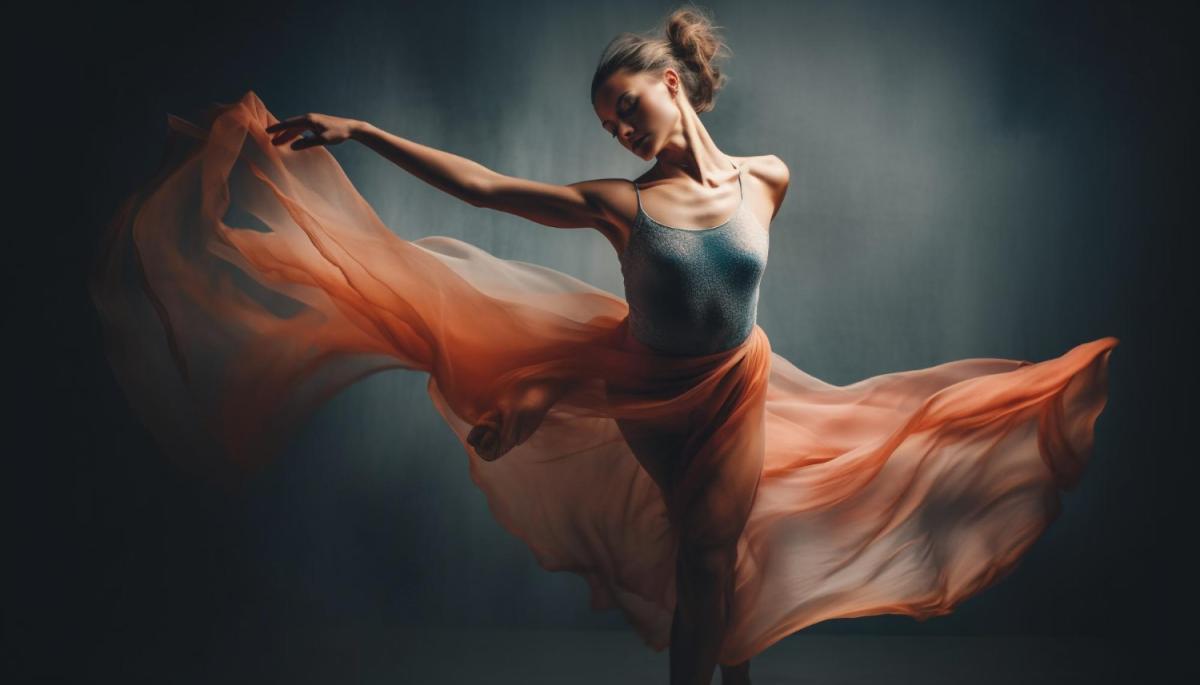Dance is a form of artistic expression that dates back to the beginnings of civilization, playing a fundamental role in culture and society throughout the centuries.
From sacred rituals to entertainment events, dance has evolved in fascinating ways, reflecting social changes, cultural and technological throughout history.
In this article, we will embark on a journey through the rich and varied history of dance, exploring its roots in antiquity to the contemporary forms that shape today.
Table of Contents
- I. The First Steps: Dance in Antiquity
- II. Medieval and Renaissance Dances: Between the Court and the People
- III. The Emergence of Ballet: A Step to Elegance and Narrative
- IV. Dance in the 20th Century: A Revolution of Movements and Styles
- V. Contemporary Dance: Expanded Frontiers and Innovative Collaborations
- VI. Dance Beyond the Stage: Digital Media and Technology Today
- Conclusion: A Perpetual Journey of Movement and Creativity
I. The First Steps: Dance in Antiquity
The history of dance dates back to ancient societies, where dancing wasn't just a form of entertainment, but it was often intrinsically linked to religious rituals and cultural celebrations.
In ancient Egypt, for example, Dances were performed as part of religious rituals in temples, while in Greece, dancing was an essential part of festivals honoring the gods.
II. Medieval and Renaissance Dances: Between the Court and the People
During the Middle Ages and Renaissance in Europe, to dance became an integral part of court life, reflecting the sophistication and elegance of the aristocracy.
Dances such as the pavane and galliard were popular among the nobility, while more vigorous forms, like peasant dances, were part of popular celebrations.
III. The Emergence of Ballet: A Step to Elegance and Narrative
The 17th century saw the emergence of ballet at the French court, marking a turning point in the history of dance.
Elaborate choreographies, luxurious costumes and the incorporation of narratives defined classical ballet.
The work of figures such as Jean-Baptiste Lully and Marius Petipa contributed to the codification of ballet vocabulary and its dissemination throughout Europe.
IV. Dance in the 20th Century: A Revolution of Movements and Styles
The 20th century witnessed a revolution in dance, driven by artistic and social movements.
Sign up to receive Event News
and the Universe of Arts first!
The emergence of modern dance, liderada por visionários como Isadora Duncan e Martha Graham, desafiou as convenções do ballet clássico, explorando movimentos mais fluidos e expressivos.
V. Contemporary Dance: Expanded Frontiers and Innovative Collaborations
Na segunda metade do século XX e início do século XXI, a dança contemporânea continuou a evoluir, incorporando uma variedade de estilos e influências.
Coreógrafos experimentais, como Merce Cunningham, desafiaram as noções tradicionais de movimento, enquanto a dança hip-hop emergiu como uma forma de expressão culturalmente vibrante e influente.
VI. Dance Beyond the Stage: Digital Media and Technology Today
Nos dias atuais, a dança expandiu-se para além dos palcos tradicionais, abraçando a tecnologia e a mídia digital.
Coreógrafos e dançarinos exploram novas formas de interatividade, realidade virtual e colaborações interdisciplinares, moldando o futuro da dança de maneiras emocionantes e inovadoras.
Conclusion: A Perpetual Journey of Movement and Creativity
A história da dança é uma narrativa de constante evolução, marcada por mudanças culturais, sociais e artísticas.
Da antiguidade aos dias atuais, a dança continua a desempenhar um papel vital na expressão da identidade humana, na celebração da diversidade cultural e na evolução constante da linguagem artística.
Ao compreendermos essa rica história, podemos apreciar a dança não apenas como uma forma de entretenimento, mas como uma manifestação poderosa da criatividade humana ao longo do tempo.

